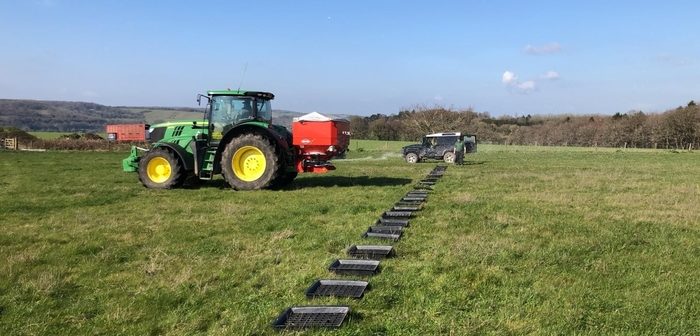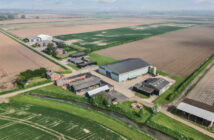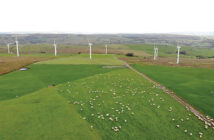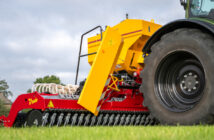Imports of nitrogen fertilisers, to meet the needs of Britain’s farmers, are likely to come from a wider range of manufacturers than normal and potentially be more variable in size and spreading characteristics. Gaining the best return from valuable nutrients will require more attention than normal to spreader calibration, says Origin Fertilisers and Spreader & Sprayer Testing Ltd (SCS).
Recent headlines have focused on UK and European nitrogen producers reducing or turning off production facilities after record gas cost increases. Coupled with strong global demand for all fertilisers plus spiralling shipping costs, the whole fertiliser supply chain is under considerable strain.
New Supplies
Origin Fertilisers has focused on securing new supplies of both calcium ammonium nitrate and ammonium nitrate for its 12 UK sites to secure adequate supplies for UK farmers and growers with as much choice as possible.
Each year, British farmers typically use 4 million tonnes of which about 25% is manufactured in GB, 60% imported from Europe and 15% from the rest of the world. Even if farmers reduce their nitrogen application in line with RB209’s economic optimum, more imported product is likely to be needed compared to a normal year.
“Normally, Origin purchases nitrogen from suppliers where we have existing long-term partnerships and supply our customers with tried and tested products,” explained Michael Pater, Origin Fertilisers’ managing director. “However, with many curtailing production and strong demand from their home and emerging fertiliser markets, we have had to secure supplies from further afield to ensure a continued supply of nitrates for our customers.”
Importing from a wider geography and range of companies may lead to increased variability in granule colour, size, density and crush strength and farmers are advised to check and calibrate their spreader for each delivery, especially if deliveries span several weeks.
Calibration experts
Origin Fertilisers is working alongside calibration experts SCS to help gain a better understanding of the characteristics of different sources of imported nitrogen. While an ‘off the shelf’ spreader setting may not be possible for the analysis delivered to farm, understanding the characteristics of the raw material will help SCS give more informed advice.
Explained SCS’ Rob Foxall: “Farmers spend thousands of pounds buying essential nutrients for their crops, and then don’t necessarily spend a comparatively small amount to find the optimum application settings.
“With the high value of fertiliser this year, and potentially more variable in size and characteristics than previous years, setting the spreader correctly will give farmers the best return on an expensive investment.”
SCS is part of the National Fertiliser Spreader Testing Scheme and offers a range of services to help farmers set their spreaders correctly – covering one of their team visiting the farm to set up the spreader to kits to help you do it yourself.
SCS offers four parts to every tray test:
- An MOT-style test involving a thorough examination of the machine and all its working parts to make sure it is working correctly before the tray test.
- A check of the fertiliser characteristics – including bulk density, crush strength and size – which determine how the product spreads and can identify variation between batches
- A full-width tray test with material being collected and a Coefficient of Variation calculated, tray testing until an acceptable spread pattern is achieved ensuring the application is as even as possible across the crop.
- A detailed report of the findings




